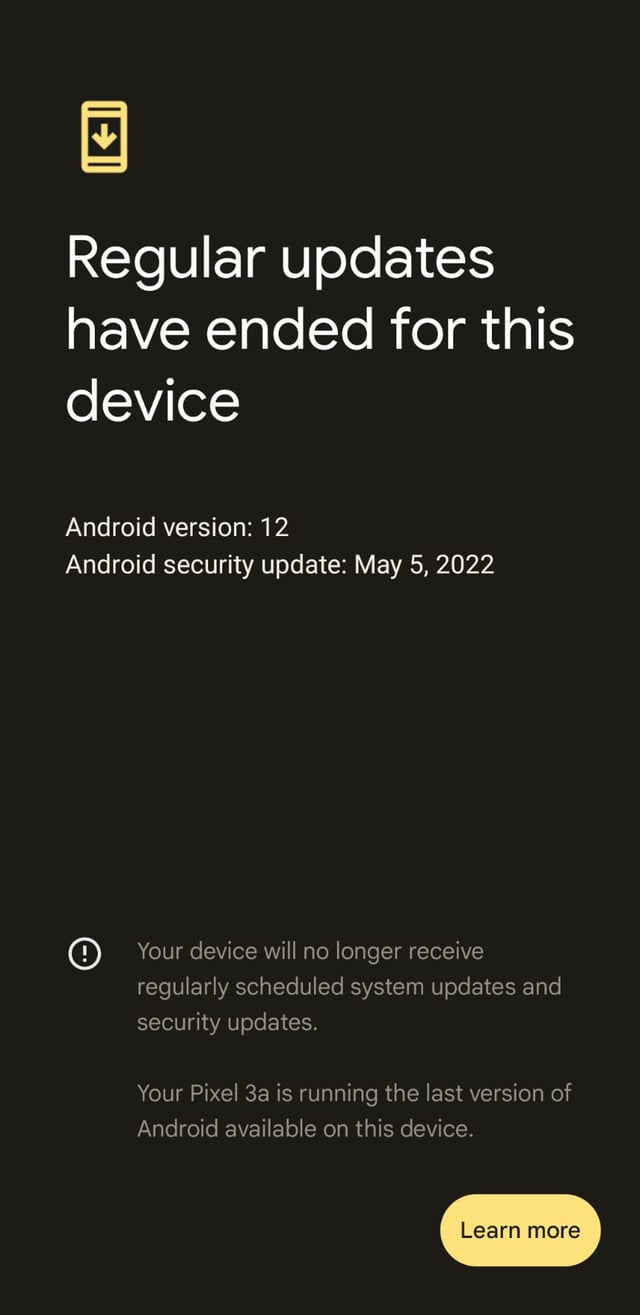Long story short, I have been under the impression that my Samsung Galaxy S5 had still been receiving security updates even though I was aware it wouldn't be getting any major Android updates. One Google search later, I found out that this is not the case. After some reading, I went on Samsung's page and found a list displaying what Samsung apparently plans to keep updates for.
What I don't understand is why I'm not being told that my phone is effectively a legacy device and is not being supported anymore. It's one thing to lose out on Android updates, but it's another thing to be missing critical security updates. All vendors should be sending out some kind of message to outdated/unsupported phones, otherwise everyone will be under the stupid impression that they can keep the same phone forever and still be secure.
Is there some way to find out when my particular smartphone vendor effectively stops pushing out updates for a particular phone? There's got to be something better than checking their crumby website every now and then. Any leads?


